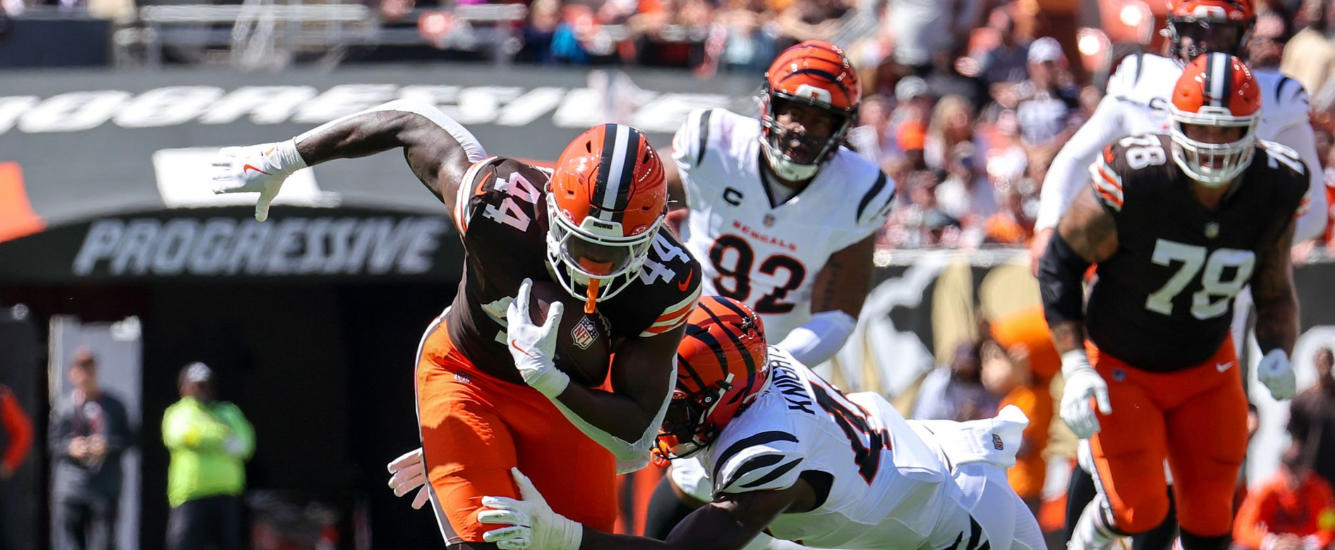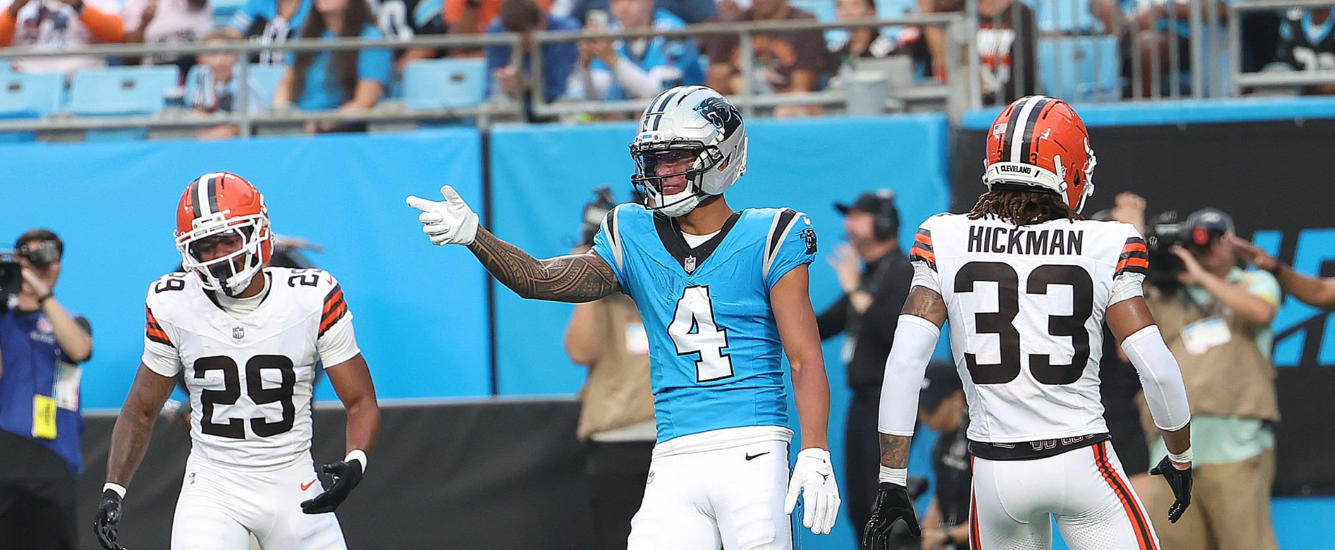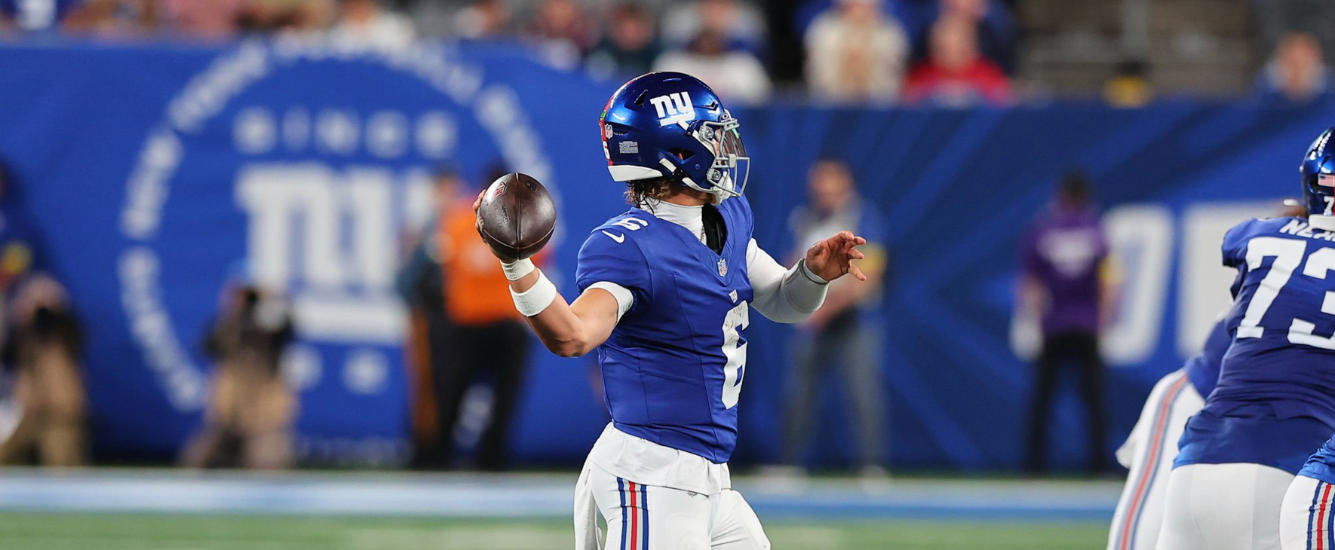The player tracking and advanced charting era gives us a multitude of metrics that measure how well receivers get open, how good they are at turning opportunities into receptions, and how good they are at turning those receptions into yards and touchdowns. I enjoy getting into the nitty-gritty of the advanced metrics and teasing out which methods for measuring those various skills are most exploitable. But there’s also value in combining these metrics into ensemble measurements that overcome some weaknesses of the metrics taken individually. Each discrete metric gives us an incomplete but useful picture of player talent. Bringing them together into a more holistic view can expand that picture.
ESPN Receiver Tracking Metrics
This is the philosophy behind ESPN Receiver Tracking Metrics: Open Score, Catch Score, YAC Score, and an overall combined rating. These ratings use player tracking data to set an expectation on each play based on the likelihood that an average receiver will get open, make a catch if targeted, and how many yards after the catch he would generate if he does catch the pass. The various scores measure how each receiver performs compared to that baseline expectation. In this way they combine some of the signal that is picked by discrete on-field metrics like yards of separation or forced missed tackle rate into holistic measurements of WR talent.
The Importance of Yards After the Catch
Many of the most important metrics we pay attention to are focused on what happens before the ball is caught (or not): targets, routes, air yards, expected points, etc. These metrics tell us how much opportunity a player gets. But none of them tell us directly how many fantasy points a player will score, because all fantasy scoring plays happen at or after the catch: receptions, yards, touchdowns, fantasy points over expectation. (To be sure, a lot of yardage is “gained” before the catch is made, but those gains are realized only at the catchpoint.) In keeping with the idea of taking in as holistic a picture of WR talent as possible, we need to integrate a player’s ability to make catches and to make plays with the ball in addition to their ability to get open.
In future articles I’ll look closer at ESPN’s Open Score and Catch Score, as well as how we best make use of them in concert with other advanced metrics. For now, however, I want to focus on YAC Score, and the players who excel after the catch. A quick glance at the ESPN Receiver Tracking Metric leaderboard reveals a player with a singular talent for YAC Score: Deebo Samuel.
The Transcendent Talent of Deebo Samuel
Since 2017, he has three seasons in the top five, and four in the top eight. This coincides with the results in our Advanced Stat Explorer, which shows Samuel at the top of the WR YAC per reception leaderboard in each of the last three seasons. Over his career, Samuel has averaged more than 40 yards after the catch per game.

The only season of Samuel’s that doesn’t appear to live up to the others is his rookie year. It’s the only season in which he didn’t have a single game with 100 YAC, but it’s also the season in which his YAC Score didn’t rise to the level of his later career.
Deebo Samuel’s ESPN Receiver Tracking Metrics
| Season | Open Score | Catch Score | YAC Score | Overall |
|---|---|---|---|---|
| 2019 | 52 | 37 | 69 | 54 |
| 2020 | 32 | 42 | 87 | 51 |
| 2021 | 48 | 31 | 99 | 61 |
| 2022 | 42 | 20 | 82 | 45 |
| 2023 | 39 | 41 | 85 | 54 |
Should We Have Seen Samuel Coming?
While Samuel’s rookie season was good, we wouldn’t have necessarily predicted he would turn into the after-catch dynamo he’s become. This is particularly the case when you consider his prospect profile. As an older prospect with good-not-great athleticism, it was far from a sure thing that Samuel would become one of the best receivers in the league after the catch.
In some ways, that’s because Samuel is an exception to a lot of the rules of prospect evaluation. But in many ways there are aspects of Samuel’s profile and his rookie season that could have led us to predict this sort of outcome. For one thing, he was extremely efficient as a rookie.

Of course, it’s too late to buy Samuel now. For one thing, he’s a second-round pick. For another, he’s already 28. However, there’s a player going into his second year who checks a lot of the same boxes, and is almost free.
Sell the Fear and Buy a Breakout WR Who Keeps Looking Better
Missed Blair’s WR Breakout Series? Start with 7 Undervalued WRs to Draft Now.


















